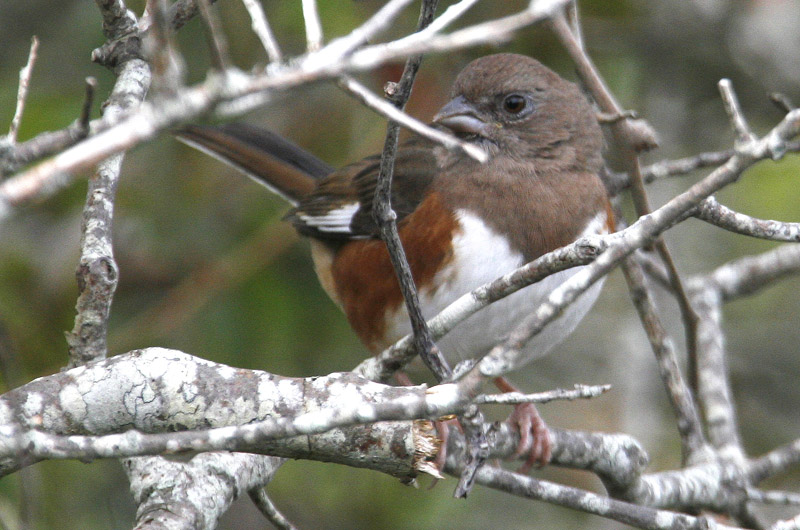Have you ever wondered how we know how many breeding pairs of osprey are on Martha’s Vineyard? Or how we know many young fledged from each nest?
You are correct if you said that sounds like a lot of work. Despite the best efforts of Gus Ben David and Dick Jennings, monitoring the nests of 87 breeding pairs (in 2015) is proving to be more than those two individuals can accomplish. They need your help.
If you have some time to monitor an osprey nest — most likely there is one fairly close to your house or work — Felix Neck Wildlife Sanctuary is offering a training program for you. The monitoring is not difficult, but there are certain things about the behavior of osprey that you will be taught during this program.
The Osprey Monitoring Training Opportunity will be held on April 16, from 1 to 3:30 p.m. Preregistration is required, which you can do by going to Felix Neck’s website (massaudubon.org/felix-neck) or by calling 508-627-4850.
Bird Sightings
Many of the migratory species that have been reported in the past few weeks continue to arrive, although apparently no new species for the year have arrived on the Vineyard this week.
On March 29, Suzan Bellincampi reports that the tree swallows returned to Felix Neck. These agile insect-eating birds are easy to observe there as they utilize nest boxes near the entrance road and parking lot.
Also on March 29, Ken Magnuson reports a piping plover at Eel Pond.
While we have a small number of eastern towhees present through the winter, they are one of the most common birds during the breeding season. Happy and Steve Spongberg observed and heard two of them near Nickerson Field Farm Road in Chilmark on March 30. And Steve Parachini reports one arrived in his yard on April 2. I do not think I am alone in wishing they were still called rufous-sided towhees, after all, that name actually describes their appearance.
We have an even smaller number of pine warblers attempting to overwinter. Scott Stephens reports hearing three pine warblers singing in Pilot Hill Farm on March 31, which suggests that these are returning breeding birds rather than winter residents finally starting to sing. Mr. Magnuson also reports hearing them sing at the Edgartown Golf Club that day.
Lest we forget, migration also means that some of our winter residents depart for their breeding grounds. And apparently our winter populations of up to 1,000 fish crows have departed. The Katama area generally hosted a resident flock, and two flocks of commuter crows arrived every evening from America, one via East Chop and the other via West Chop, departing the following morning. Matt Pelikan was the first to comment on their absence. Rick Dwyer, Stephanie Look Teller, Margaret Curtin and this writer have also noted their sudden absence.
This winter’s unusual abundance of fish crows, a species that was unknown on the Vineyard as recently as 2010, deserves further study. The fish crows are here from October to March. Where do they breed in the summer? Where do the commuter crows spend their days? How long does it take them to fly across Nantucket Sound?
There is another phenomenon of migration that we need to look for. A lot of our colorful summer residents are currently migrating past Central America. When a storm passes over that area, moves out into the Atlantic Ocean and then heads north, we may be the first landfall for birds that are caught trying to fly through this storm. When that happens we may get a fallout of rainbow colored birds: scarlet and summer tanagers, indigo buntings, blue and rose-breasted grosbeaks and Baltimore orioles. These are birds that would not have seen land since they left Central America. Imagine several of them visiting your feeder!
There are lots of birds around, so please get out looking for them, and be sure to report your bird sightings to birds@mvgazette.com.
Robert Culbert leads guided birding tours and is an ecological consultant living in Vineyard Haven.





Comments
Comment policy »